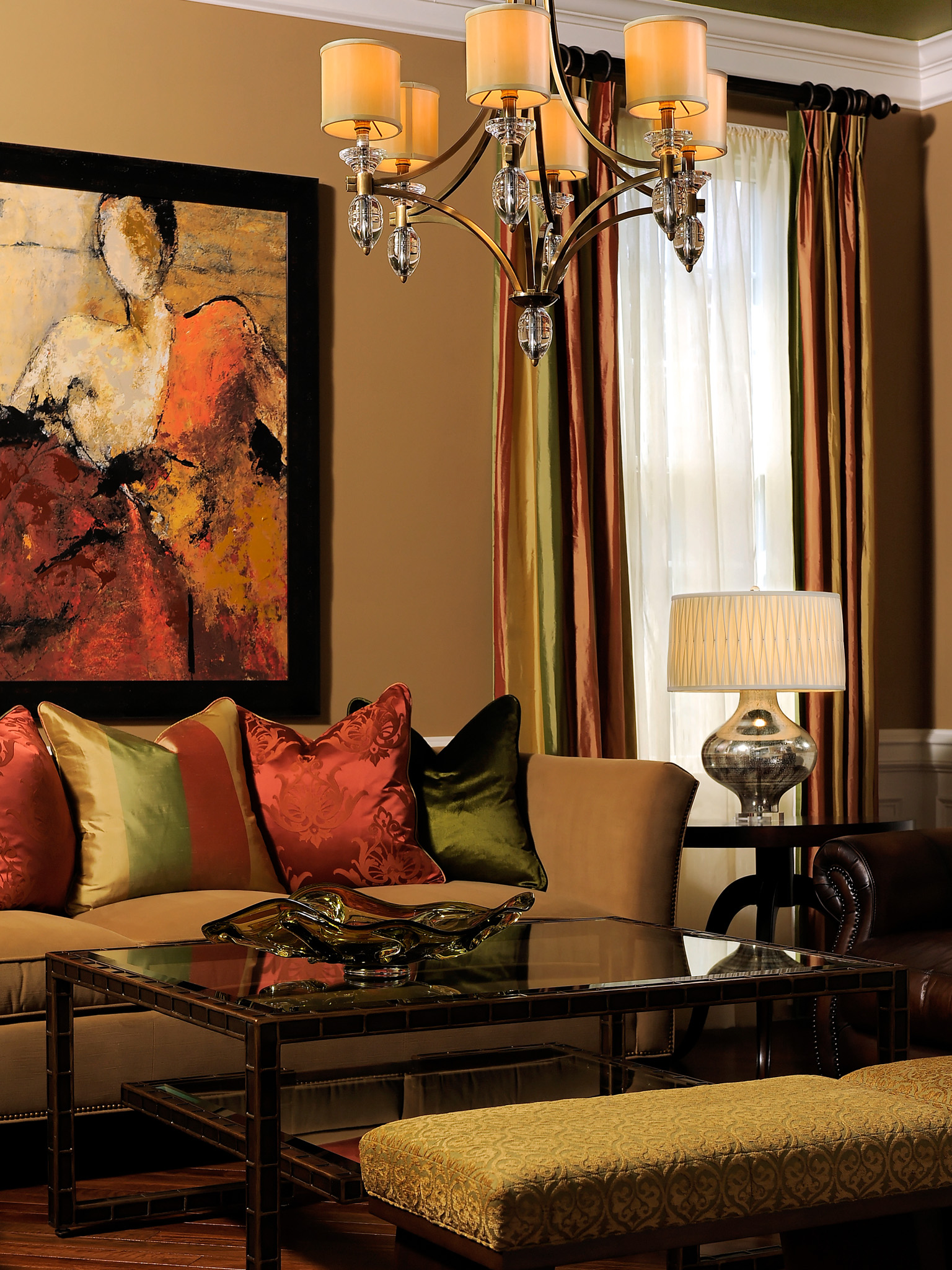

If you are concerned about getting buried by FB’s algorithms, the only surefire way around it is to learn to use FB’s ad platform. The idea of creating a conversation, engaging with your collectors, and using solid marketing techniques all still apply.

#Facebook living art series
Evans, Ian Cheng and Jakob Kudsk Steensen, ongoing conversations across broader networks, and insights derived from a series of interviews conducted with artists Alexandra Daisy Ginsberg, Holly Herndon, Rebecca Allen and Refik Anadol Ece Tankal and Carmen Aguilar y Wedge of Hyphen-Labs journalist and technologist Jonathan Ledgard Julia Kaganskiy, founding director NEW Inc Kenric McDowell from the Artists + Machine Intelligence programme at Google Research Liz Rosenthal, Power to the Pixel futurist Noah Raford Rachel Armstrong, Professor of Experimental Architecture, Newcastle University Takashi Kudo of teamLab.įAE 1 was produced by Serpentine R&D Platform in collaboration with Rival Strategy.UPDATE from Cory: While this post is a few years old, and Facebook’s algorithms have changed, the principles outlined are still relevant. The view presented was based on the Serpentine’s experience and desire to share insights from working with artists including Hito Steyerl, James Bridle, Cécile B. The inaugural issue of FAE focused on the new infrastructures being built around artistic practices engaging with advanced technologies.

Greater interoperability between cultural institutions as well as with art adjacent fields.Chapter 3 proposes a set of vectors for a sector-wide effort to take active steps in that direction, which include: Cultural institutions can only continue to fulfil this role if they are advocating for and contributing to the construction of an open and accountable 21st-century cultural infrastructure. Chapter 2 surveys the emergence of ‘metaverse-native’ art in art-adjacent fields such as gaming, blockchain, film and architecture as a result of their openness to developing new skills, proficiencies and business models around emerging technologies.Īs a planetary-scale infrastructural project, the metaverse represents a challenge to cultural institutions’ role as public interest organisations. Chapter 1 explores user experience of art (UXA) as a model for reassessing the key touchstones of cultural institutions’ digital strategy with the advent of advanced virtual environments-digitally produced 3D spaces. The strategic briefing is organised into three chapters. Contributors to FAE2 include artists Larry Achiampong, David Blandy, Danielle Brathwaite-Shirley, Joey Holder, Rindon Johnson, Keiken Dr Jo Twist OBE, CEO of UKIE Andie Nordgren, Producer and Director of Unity Live Platforms Lucy Sollitt, Curator Jay-Ann Lopez, Founder of Black Girl Gamers Trevor McFedries, Co-founder of Brud Kadine James and Lucy Wheeler, Founders of Immersive Kind Gabrielle Jenks, Digital Director, Manchester International Festival and many more. In this context, FAE2 outlines what is required from 21st century cultural infrastructure in order to shape the metaverse’s evolution.Įngaging with over fifty practitioners and organisations across art, film, gaming, technology and wider cultural industries, FAE2 articulates the challenges and opportunities that institutions face in this landscape. The advent of the metaverse-an always-online ‘second’ world and emerging internet megastructure-represents a fundamental shift in our notion of digital systems and physical presence.


 0 kommentar(er)
0 kommentar(er)
